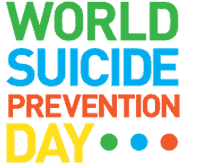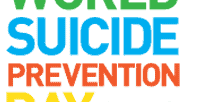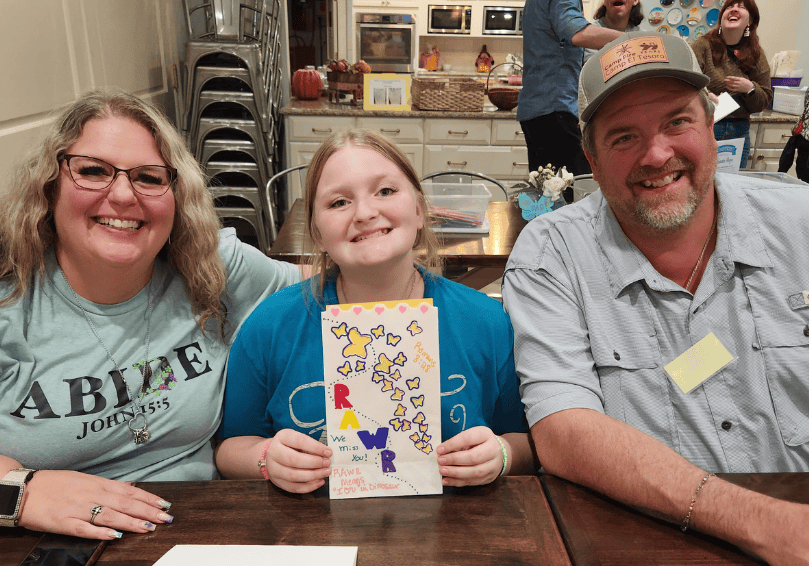 Out of approximately 312 families currently in our program, 54 families attend The WARM Place due to the loss of a loved one by suicide. In other words, one in every five families at The WARM Place are impacted by suicide. That is a staggering number. The numbers highlight the responsibility The WARM Place has in actively spreading awareness and involving and inviting other organizations and individuals in our community to do their part in preventing the most preventable cause of death: Suicide.
Out of approximately 312 families currently in our program, 54 families attend The WARM Place due to the loss of a loved one by suicide. In other words, one in every five families at The WARM Place are impacted by suicide. That is a staggering number. The numbers highlight the responsibility The WARM Place has in actively spreading awareness and involving and inviting other organizations and individuals in our community to do their part in preventing the most preventable cause of death: Suicide.
 So, what can you do to help prevent suicide? Understandably, most people do not feel qualified or knowledgeable enough to help someone who is struggling with suicidal ideation. The QPR Initiative (similar to the CPR Cardiopulmonary Resuscitation Initiative) was designed to help anyone become a key player in the prevention of suicide. QPR is an approach to confronting someone about their possible thoughts of suicide. It is not intended to be a form of counseling or treatment, rather, it is simply intended to offer hope through positive action.
So, what can you do to help prevent suicide? Understandably, most people do not feel qualified or knowledgeable enough to help someone who is struggling with suicidal ideation. The QPR Initiative (similar to the CPR Cardiopulmonary Resuscitation Initiative) was designed to help anyone become a key player in the prevention of suicide. QPR is an approach to confronting someone about their possible thoughts of suicide. It is not intended to be a form of counseling or treatment, rather, it is simply intended to offer hope through positive action.
There are three simple steps to learn for QPR:
- QUESTION
Question the person about suicide. Do not be afraid to ask! Ask if they’ve had any thoughts about it, feelings, or even plans? Be direct and talk openly. - PERSUADE
Persuade the person to get help. Remember to listen attentively and remain calm, empathetic, and non-judgmental. Let them know that they are not alone, and they are cared for. Then say, “Let me help” or “Come with me and we will find someone who can help you.” - REFER
Refer for professional help. If it is an immediate emergency, call 911. For non-emergencies, call the U.S. Suicide Prevention hotline at 1-800-273-8255. Help the person locate a treatment facility. If it is a child or adolescent, contact a trusted adult, parent, minister, teacher, coach, or a counselor.
Remember, saving lives begins with learning what to do. Everyone can play a role in suicide prevention. If you think a family member, friend, co-worker or even a stranger is having a difficult time coping or is thinking about suicide, ask. Don’t be afraid to get involved. Guide them to the appropriate resources (see resource links below). Be an advocate and a voice. Help raise awareness about World Suicide Prevention Day and QPR. Visit the International Association for Suicide Prevention’s website at www.fasp.info/wpsd. Share on social media. Help or volunteer at a crisis center. Take action. Together, we can save lives.
Local Resources:
http://www.jordanharrisfoundation.org/
http://www.mhmrtc.org/Services/Mental-Health-Services/Crisis-Relief
https://www.cookchildrens.org/behavioral-health/contact/Pages/default.aspx
http://www.jpshealthnet.org/location/psychiatric-emergency-center
To learn more about QPR, visit https://qprinstitute.com/.



